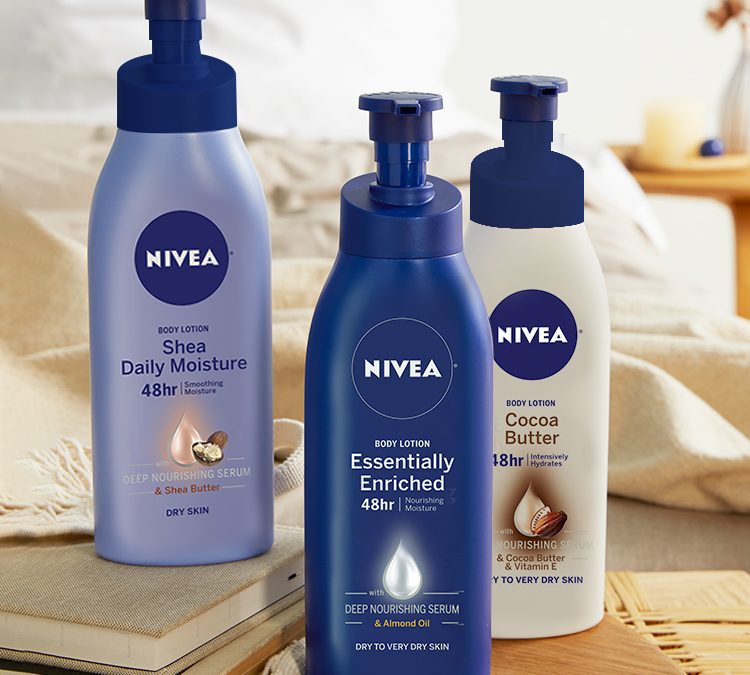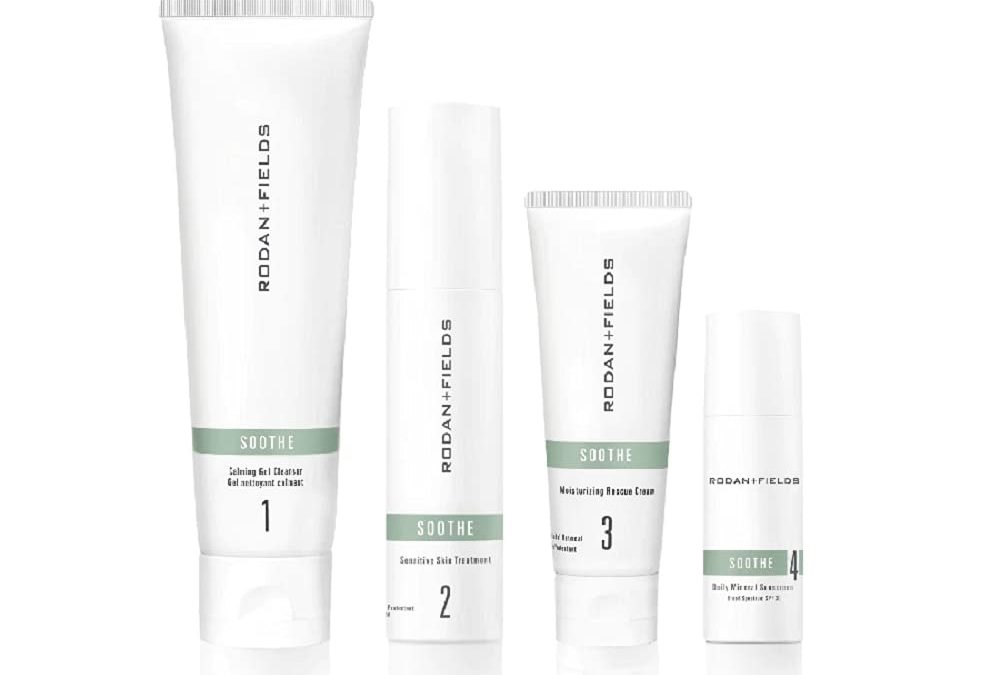How To Make Your Own Shaving Soap Recipe

written by nail expert Jess Rowley
Topics we've covered
How To Make Your Own Shaving Soap Recipe
Shaving soaps have become increasingly popular in recent years with entire stores being created specifically for shaving products such as these soaps.
They’re popular because of the conditioning, gentle, and smooth shave that they offer when applied. With the right shave soap, a short 30-second swirl with a shave brush is all that is needed to lather from the toes all the way up.
And best of all is that you can make your own natural shaving soap which has great benefits that a store-bought soap doesn’t always offer.
Now, you may be thinking how complicated following a shave soap recipe may be and the effort involved can be off-putting but if you’re like many and aren’t satisfied with the shaving soaps you’ve been trying then it may be worth adding the personal touch.
What Is Shaving Soap?
Shaving soap is made specifically to have a long-lasting, creamy lather and the amount of “slip” necessary to allow your shaving blade to glide over your skin and prevent getting nicks and cuts.
Shaving soap actually helps aid in the shaving process more than the more modern shaving creams and gels because the soap helps remove the natural oils of the face and hair.
This makes the hairs easier to penetrate which in turn softens them so that they are more easily cut by the razor.
Shaving soaps normally have a high level of solid oils that give a lot of lather like coconut oil, tallow, and palm oil. More often than not they also use a higher percentage of castor oil than other soaps too as castor oil helps hold the lather and make it last longer.
Another common ingredient in shaving soaps is bentonite clay or other cosmetic clays like kaolin clay which provide more slip.
In addition to this, many shaving soaps, for example, cream soaps, use both types of lye: sodium hydroxide, the “normal” lye used when making a basic bar of soap, and potassium hydroxide, the type of lye used to make liquid soaps.
Benefits Of Making Your Own Shaving Soap
Personalization and Control
The most obvious benefit of making your own shaving soap is that you have total control over what goes into it so you can leave out any ingredients that may affect your skin or you dislike.
Saves Money
The ingredients shouldn’t be very costly and you’ll most likely end up saving money in the long run and who doesn’t like to save money?
Sustainable
By making your own shaving soap, you can make a more natural product that is a lot more sustainable. Because these soaps don’t need any sort of container there’s no wasted packaging of your homemade product which helps the environment too. The only waste comes from the packaging of the ingredients, and the ingredients can always be used for other things.
DIY Shaving Soap Recipe: Ingredients
- 3.5oz (100g) of coconut oil 76º
- 1.4oz (40g) of avocado oil
- 2.1 oz (60g) of cocoa butter
- 2.1 oz (60g) of shea butter
- 2.8oz (80g) of castor oil
- 1 oz (30g) of glycerin
- 30ml of coconut milk
- 20ml of distilled water
- lavender essential oil
- orange essential oil
- 2.1 oz (60g) of soy wax
- 1.85 oz (53g) of lye NaOH (Sodium hydroxide)
Shaving Soap Recipe
- Firstly, mix together the coconut milk, glycerin, and distilled water in a medium-sized bowl.
- Next, measure out the lye and add it to the liquid mixture in the bowl. After that, stir until the lye is dissolved and mixed in nicely. Remember to use gloves and safety glasses when working with lye and the lye solution. Always make sure to add the lye to the liquid and not the liquid to the lye container.
- The lye mixture will begin to get hot. Leave it outside to cool and make sure no animals or children come into contact with it while you carry out the next step.
- While the lye cools heat the oils, butter, and wax in a large bowl over a double boiler to help melt the wax and butter. You can remove them from the heat once the butter and wax have melted and you have mixed them all together.
- Once that’s done carefully pour the lye mixture into the oil mixture.
- When you’ve mixed those together, begin to blend them together with an immersion blender. As you blend the ingredients with the immersion blender. When the mixture resembles the texture of mayonnaise you know you’ve mixed enough.
- Now you can throw in any oils of your choice to help add fragrance to your soap. Lavender is a good choice as this is known to be good for the skin.
- Pour the mixture into your molds or glass jars and leave the soap uncovered and untouched for at least 24 hours.
- Your shave soap should harden quite quickly, and you’ll likely be able to unmold your soap after only a day. If it has reached a hardness in which you can remove it from the molds without damaging it then it’s ready, otherwise, wait a few more hours or even another day if needed.
- Once you’ve removed the soaps from the molds, separate them and leave them to dry out and further harden for several weeks. It’s a good idea to turn the soap over occasionally so that the soap will evenly dry out on all sides. The saponification process will be complete in the first few days after your soap is made, and you can technically use it immediately afterward. That said, the wait time will help form a harder bar of soap that will last longer and work better so patience pays if you want the real deal.
Calendula Shave Soap Recipe: Ingredients
- 16 oz (454g) cooled calendula tea
- 1.2 oz (34g) sodium hydroxide
- 1.8 oz (51g) potassium hydroxide (90% purity)
- 10.6 oz (300g) kokum butter (60%)
- 3.5 oz (100g) calendula infused coconut oil (20%)
- 2.6 oz (75g) castor oil (15%)
- 0.88 oz (25g) shea butter (5%)
- 0.5 oz (14g) vegetable glycerin
- Essential oils of choice
- Shaving brush
Calendula Shaving Soap Recipe
- Safety first! Put on protective goggles and gloves.
- Sprinkle both types of lye into the cooled tea, one at a time; stirring until it’s completely dissolved, and then set it aside.
- Melt the butters and coconut oil, then combine with the castor oil in a 2-quart slow cooker (crockpot).
- Turn the heat to low.
- Pour the lye solution into the warmed oils and start stirring, using a combination of hand stirring and an immersion blender, until a light trace is reached. (this should take around 10 minutes.)
- Cover the slow cooker and cook the soap, checking every 15 minutes, stirring if needed.
- Cook for about an hour or until the soap is transparent and resembles glossy mashed potatoes when stirred.
- Then turn off the slow cooker, remove the top, and allow the soap to cool for a few minutes.
- Combine the vegetable glycerin and essential oils and stir into the cooked soap.
- Spoon and firmly press the soap into a column mold or individual round molds.
- Leave the soap uncovered for 24 hours or until cool.
- Finally, remove from the mold, slice into bars, and cure for at least 3 weeks before using.
What You Need In A Shaving Soap Recipe
- The most important addition to a shave soap recipe is a high amount of stearic acid. Stearic acid is what gives you that dense cushiony lather that’s great for shaving.
- You’ll also want to include some castor oil and coconut oil to help with lather or as an alternative try using babassu oil.
- Tallow is a popular additive to shave soaps for its skin conditioning qualities, or you might want to include something like shea butter.
- You don’t need much, if any, liquid oils such as sunflower, olive, sweet almond, etc, depending on your main source of stearic acid.
Shaving Soap, Shaving Cream, And Shaving Gel
Shaving Soap
Shave soap is set firm or hard which means that they generally require more water to build a lather, and a brush is always required. Getting the water ratio right can take some practice to master, making soaps better suited to those who are used to a wet shave. There are three primary types of shaving soap: tallow-based, glycerin-based, and ‘hybrid’ soaps.
Tallow-based soaps, unsurprisingly, contain a high percentage of tallow. These are the most traditional form of shaving soap and provide outstanding cushion and glide for the razor.
Glycerin-based soaps use the natural moisturizing properties of glycerin to hydrate the skin as well providing the necessary glide for a comfortable shave.
Hybrid soaps may contain tallow or glycerin but in much smaller amounts – instead of relying on other ingredients to provide the desired properties. Some of these soaps, opt for components like plant-derived stearic acid and glycerine to produce a vegan-friendly formula.
Shaving Cream
Shaving creams produce a lather more easily than soap and are a good choice for someone new to wet shaving or looking for a fast and easy solution. Despite the ease of use, a quality shaving cream will produce a thick, creamy lather that will help the razor glide over the skin and leave behind a great post-shave feel.
Shaving Gel
Shaving gels are non-lathering and remain clear during use, which makes them perfect for tidying up beard lines where accuracy is important. be on the lookout for gels that have glycerin and Tocopheryl Acetate.
Frequently Asked Questions
Is shaving soap different than regular soap?
For stability – One of the biggest differences between shave soap and regular soap is the inclusion of potassium and sodium salts with a high stearic acid content fat/oil. High Stearic acid creates the stable lather, slickness, and whisker softening qualities that are needed in a shave soap.
How do you maintain shaving soap?
- Clean any excess lather or external particles from the soap puck.
- Drying the shaving soap puck before storage.
- Use a special shaving soap container for long-term storage.
- Store the shaving soap in a cool and dry place.
Does Shave soap go bad?
There is not really such a thing as going bad. Your soap will lose scent over time and might need more water to activate it. Other than that soaps can be kept as long as you can whip up a good lather from them.

Best L’Oreal Products For Men
[Review] in 2022 written by nail expert Jess RowleyCheck out the results fast - here are our review winners[dica_divi_carousel item_width_tablet="400px" item_width_phone="345px"...

Best Neutrogena Skincare Products
[Review] in 2022 written by nail expert Jess RowleyCheck out the results fast - here are our review winners[dica_divi_carousel item_width_tablet="400px" item_width_phone="345px"...

Best Nivea Products For Men
[Review] in 2022 written by nail expert Jess RowleyCheck out the results fast - here are our review winners[dica_divi_carousel item_width_tablet="400px" item_width_phone="345px"...

Best Rodan+ Fields Products
[Review] in 2022 written by nail expert Jess RowleyCheck out the results fast - here are our review winners[dica_divi_carousel item_width_tablet="400px" item_width_phone="345px"...

